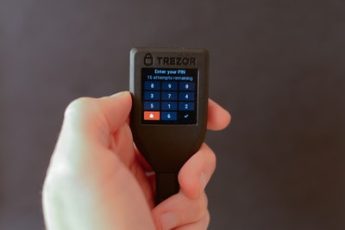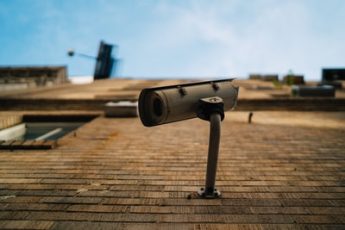Symptoms of Adware Infection
Your PC is probably infected with adware if:

If any of the above are true then it is likely that your computer is infected with adware.
“But what is it”, I hear you say.
What is it?
Let’s answer the question with a definition from Wikipedia.
Adware is any type of software that displays advertisements, or tracks your activities on the Internet. Furthermore, it can install minors to handle sensitive information or view websites which are not suitable for the age of the children.
OK, back up and definition time. Adware is software that displays advertising banners on your PC. This brought in more definitions from Wikipedia.com.
However, the thing that the average computer user needs to know is that not all adware are necessarily harmful. It is very common to find that a simple popup on your screen from an adware is enough to make you aware that you have something malicious on your computer.
The top culprits of adware are:
Spyware – software that makes your computer running slower or hacks into your files. This is a common term for anything that installs itself on your computer, although it is slightly different for spyware than other types of installs.
Adware – software that manages your settings and ads on your PC in order to display unwanted advertisement. This is a common term for programs that track your activities on the internet.
Generally, adware is identified as any type of advertisement supported by user interaction where the user interacts with the advertisement or monitors its function. Tracking cookies are usually the worst offenders of adware. They usually come in the form of chewed up HTML code, HTTP traffic or attachment fields. The worst thing is when the sender doesn’t even have to open a webpage for you to accidentally install their adware.
Remove Adware
Adware is scary. Nobody wants to be cleaned up by nasty little programs, especially if it means installing something new. The best thing to do is to install a pretty good cleaner that detects and removes all the adware on your computer. Run a search for adaware, spybot, malwarebytes or any other anti-adware cleaner and run a free scan.
After you get your computer scanned, download its results to your computer. Open up its HTML webpage and run a quick scan to see what you’ve got. If you’re not running Windows Vista or Windows XP, this is how to do it. Please be aware that this only runs a quick scan and it didn’t detect anything. Please don’t be silly and then act like its the end of the world. After all, it was NEVER your computer… It was dark and dank and brought on by poor IT services.
Make me a hotlink
Backup
Nuke
Spybot Search and Destroy
Spyware Assasin
Admin tools
Windows Automatic Updates
Disable annoying pop-ups
Disable web browser toolbars and popup ads
Protect personal information
Websites modify their privacy policy and terms of use
Users are urged to fill out a link to share personal information
You’ve just been infected with adware. For more info, visithttp://www.spywareinfo.com/
Manual removal is next to impossible as the files simply recreate themselves upon re-boot. So, unless you are a techie or a hacker, you might want to enlist the services of a removal engineer. If you would like to know how to do this, please contact us at [email protected]. We will absolutely try to help you remove the adware yourself, but you might want to consider researching the phone numbers and emails that these companies have on record as well.
We have tested many malware removal products, but strongly believe that manual removal is one of the best ways to go. The problem is that all these removal tools assume that the malware is still on your computer proper, which is a big mistake. My advice is to back up all of your data and then re-install your operating system. This way, if you delete something you shouldn’t have, you can always go back in and solve the problem. We have found that most spyware removal tools are capable of scanning your computer and removing most spyware. But, to ensure that it removes all the unwanted spyware, you should double-check by double-clicking the file and then running a scan. This will confirm that it deleted all unwanted spyware.
We have also found that using certain anti-spyware programs is a good way to ensure that you are protected against unwanted spyware. These programs will scan your computer and will list any spyware that it finds. When you are shopping for the right removal tool, consider other removal tools that other users have reported as working well for removing spyware.













